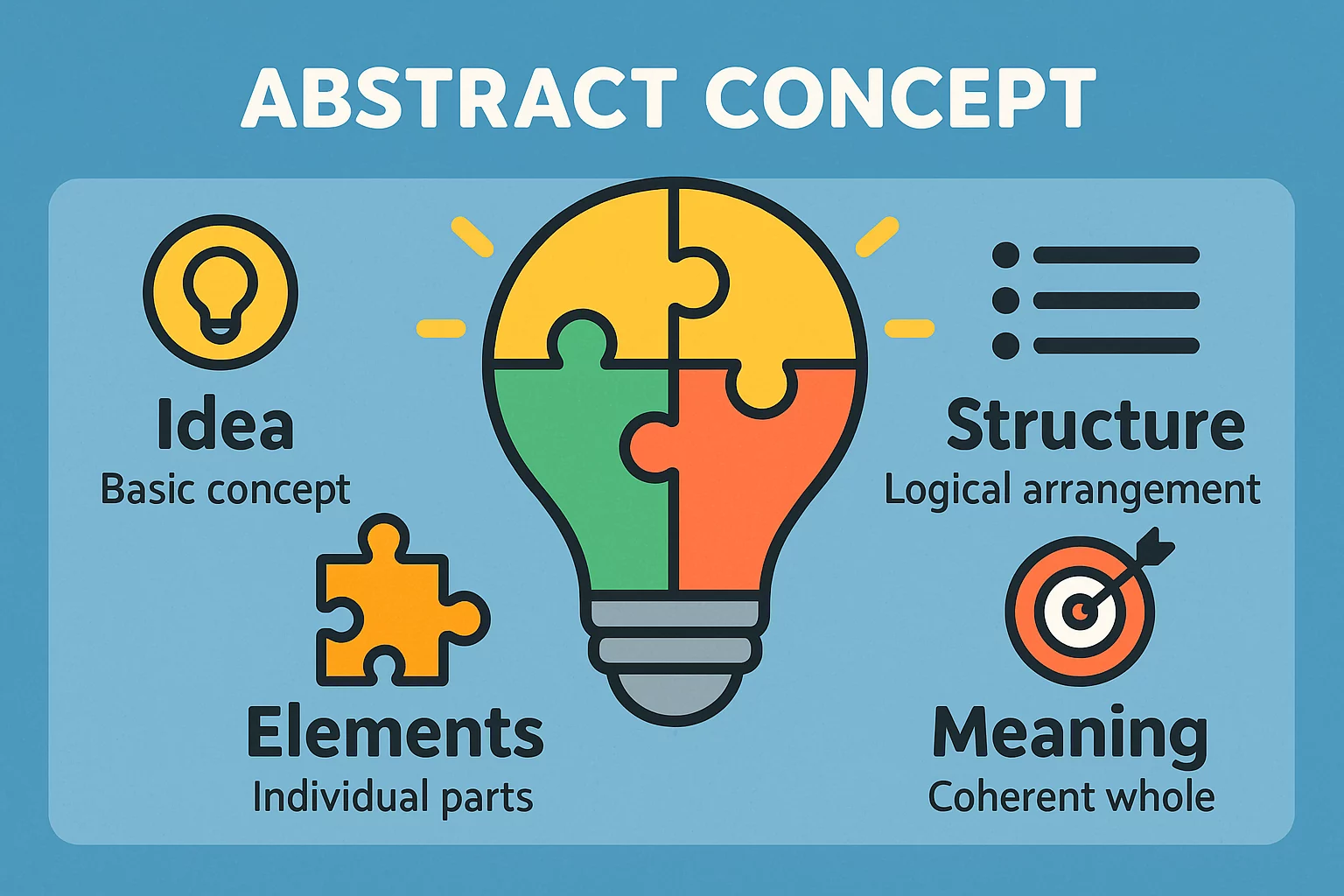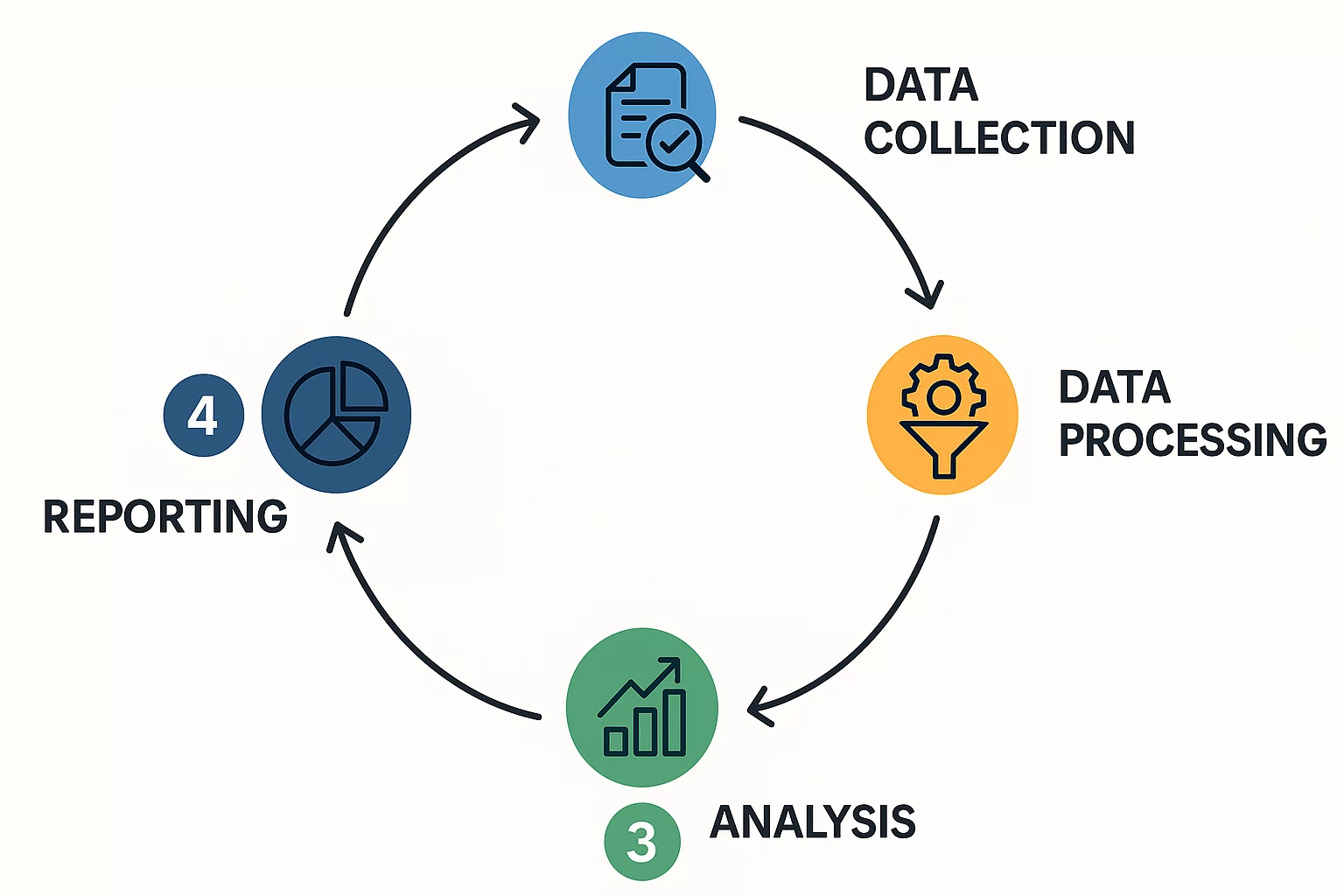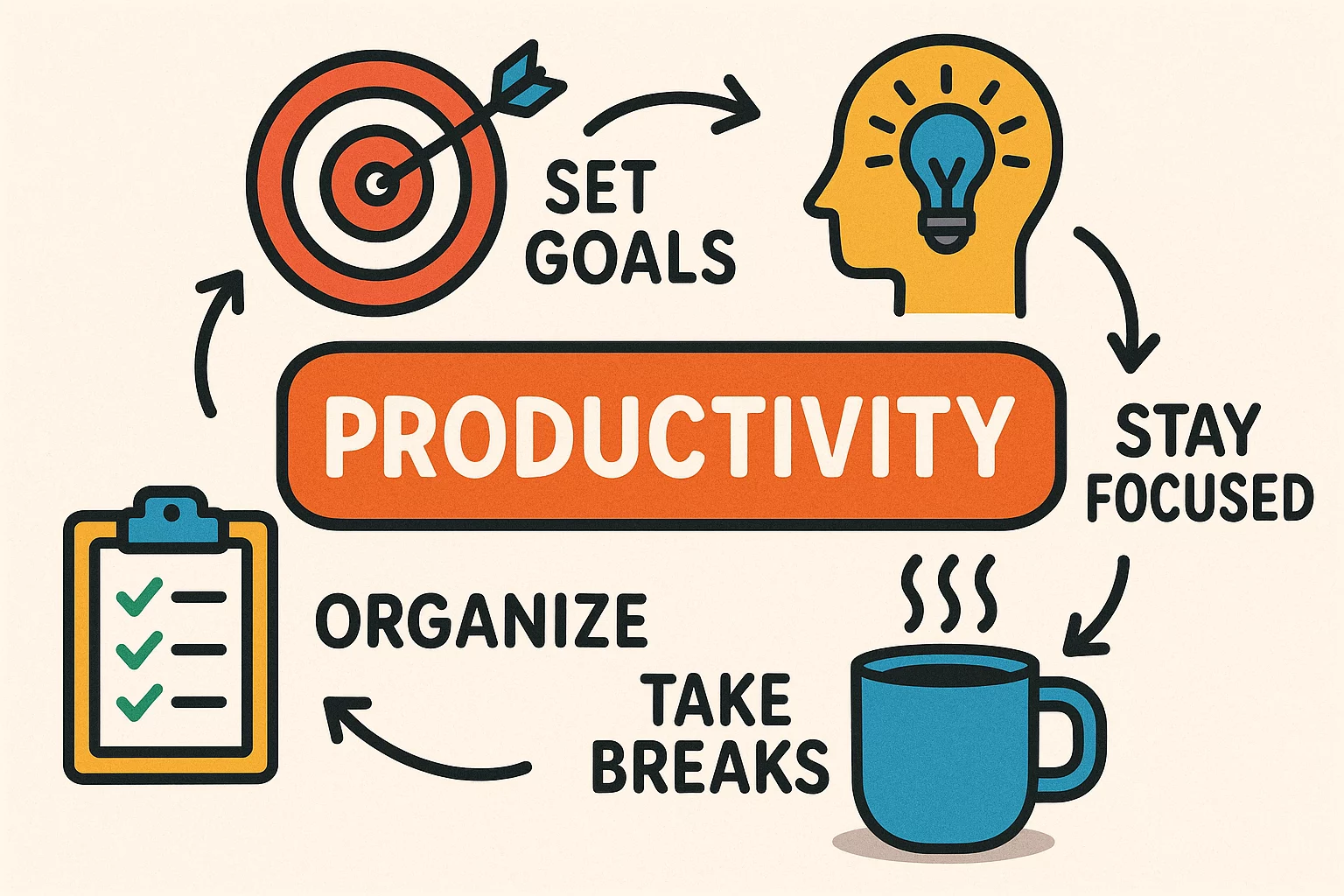Imagine investing in the highest-quality solar cells, only to find that your finished modules consistently underperform. You’ve sourced the best materials and hired skilled staff, yet the final power output is lower than expected, and your production targets feel just out of reach.
This frustrating gap between potential and reality often traces back to a single, critical stage in the solar module manufacturing process: the lay-up station.
This central hub, where individual components are assembled into a complete module, is far more than a simple assembly point. It is the pacemaker of your entire production line and the guardian of your module’s power output. Understanding its role is the first step toward building a truly efficient and profitable solar factory.
The Dual Role of the Lay-Up Station
The lay-up station is where the ‘sandwich’ of a solar module is precisely assembled. It handles the glass, the first layer of EVA encapsulant, the carefully positioned solar cells, the second layer of EVA, and finally, the backsheet. Its performance directly shapes your business in two fundamental ways:
-
Production Speed: The lay-up station dictates the rhythm of the entire assembly line. Its cycle time—the time it takes to assemble one module—creates a ceiling for your factory’s total output.
-
Product Quality: The precision of this assembly process is a primary factor in Cell-to-Module (CTM) power losses—the inevitable drop in power that occurs when individual cells are integrated into a finished module.

A minor inefficiency here doesn’t just slow down one step; it creates a bottleneck that restricts every subsequent process, silently eroding the value of your final product.
Uncovering the Bottleneck: Speed and Throughput
In any production line, the slowest process becomes the bottleneck, determining the maximum output of the entire system. In many solar module factories, especially those relying on manual or semi-automated processes, the lay-up station is that bottleneck.
A modern automated lay-up station operates with a cycle time of approximately 25 to 35 seconds per module. This consistent, predictable speed allows the rest of the production line—from the stringer to the laminator—to operate at its optimal capacity. Manual lay-up, by contrast, is not only slower but also inconsistent. Human operators cannot maintain the same pace and precision over an entire shift, leading to fluctuating output and an unpredictable production schedule.

Automating this central hub establishes a reliable, efficient pace for the entire factory, maximizing your daily and annual throughput. This principle is foundational to the complete turnkey production lines we design for our partners.
The Precision Factor: Minimizing CTM Power Loss
While speed affects how many modules you produce, precision affects how much power each module generates. CTM loss is a critical metric for any manufacturer. While some loss is unavoidable, it can range from as little as 0.5% to over 5%, depending on the quality of your equipment and processes.
For a 100 MW factory, even a single percentage point difference in CTM loss can translate into a significant impact on revenue over the modules’ 25-year lifetime. The lay-up station’s precision directly influences the main causes of CTM loss:
-
Micro-Cracks: Solar cells are incredibly fragile. Automated handling systems use gentle vacuum grippers and controlled movements to place cells without inducing thermal or mechanical stress, which prevents the formation of invisible micro-cracks that degrade performance and long-term reliability.
-
Cell Spacing and Alignment: For optimal performance, cells must be placed with extreme precision—typically within a tolerance of ±0.2 mm. Inconsistent gaps between cells can cause internal shading and increase electrical resistance, directly reducing the module’s power output.
-
Ribbon Placement: The interconnecting ribbons that carry electricity must be perfectly aligned. Even a slight misplacement can cast a shadow on the active cell area, lowering its efficiency.

Investing in a high-precision lay-up station is a direct investment in your product’s quality and bankability. That’s why our advanced automation technologies are engineered to meet these exacting standards, ensuring every module you produce performs at its maximum potential.
Frequently Asked Questions (FAQ)
What is the main difference between manual and automated lay-up?
The key differences are consistency, speed, and precision. An automated system operates at a constant, high speed (e.g., 25-35 seconds per module) with repeatable precision (±0.2 mm). A manual process is slower, more variable, and has a much higher risk of causing cell damage or placement errors, which leads to higher CTM losses.
How much does CTM loss really impact my business?
The impact is significant. Consider a 500-watt module. A 2% CTM loss means the module produces only 490 watts. While 10 watts may seem small, when multiplied across thousands of modules produced annually, this represents a substantial loss of value and makes your product less competitive.
Can a new lay-up station be integrated into an existing line?
Yes. Upgrading the lay-up station is one of the most effective ways to remove a bottleneck and improve the overall performance of an existing production line. It can increase throughput and enhance the quality of the final product without requiring a complete overhaul of the factory.
Why is this precision so important for new cell technologies?
Newer, high-efficiency cell technologies like HJT and TOPCon, as well as larger wafer formats (M10, G12), are often more sensitive to handling stress and require even stricter placement tolerances to achieve their full performance potential. An advanced lay-up station is essential to successfully manufacture modules with these modern cells.
Building Your Factory on a Foundation of Excellence
The lay-up station is not just another piece of equipment; it is the heart of your factory. Its performance dictates your production capacity and the ultimate value of your products. Choosing the right technology here is a decision that pays dividends for years to come, ensuring your facility is not just operational, but competitive and profitable.
Getting these foundational decisions right from the start is crucial for long-term success. If you are considering establishing a solar module factory, we are here to provide the clarity and expertise you need.
Discuss your project with our team.
Contact us
